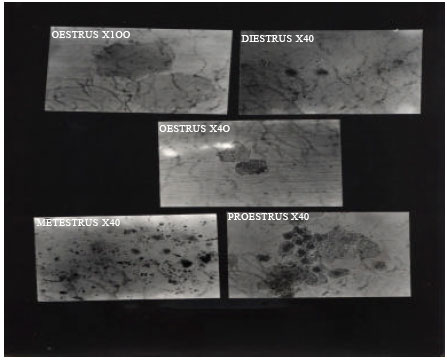Research Article
The Effect of Nigerian Qua-iboe Brent Crude Oil on the Reproductive Performance of Female Wistar Albino Rats
Department of Veterinary Medicine, Michael Okpara University of Agriculture, Umudike, Nigeria
K.O. Anya
Department of Obstetrics and Reproductive Diseases, Faculty of Veterinary Medicine, University of Nigeria, Nsukka, Nigeria
C.O. Nwaigwe
Department of Animal Health and Production, Faculty of Veterinary Medicine, University of Nigeria, Nsukka, Nigeria
C.U. Nwaigwe
Department of Physiology and Pharmacology, Faculty of Veterinary Medicine, University of Nigeria, Nsukka, Nigeria














